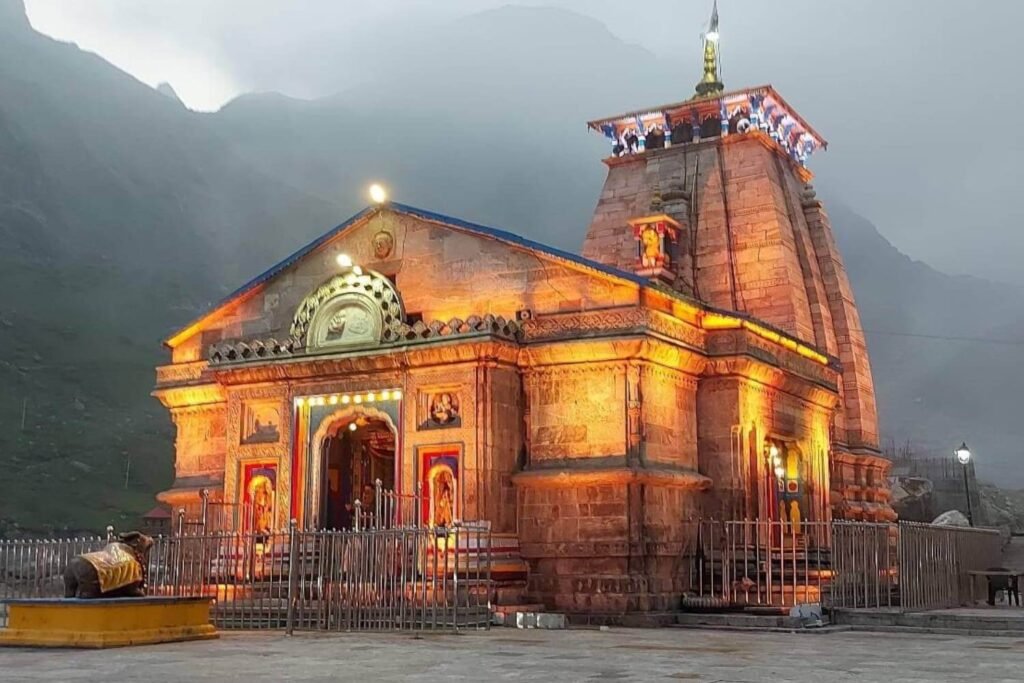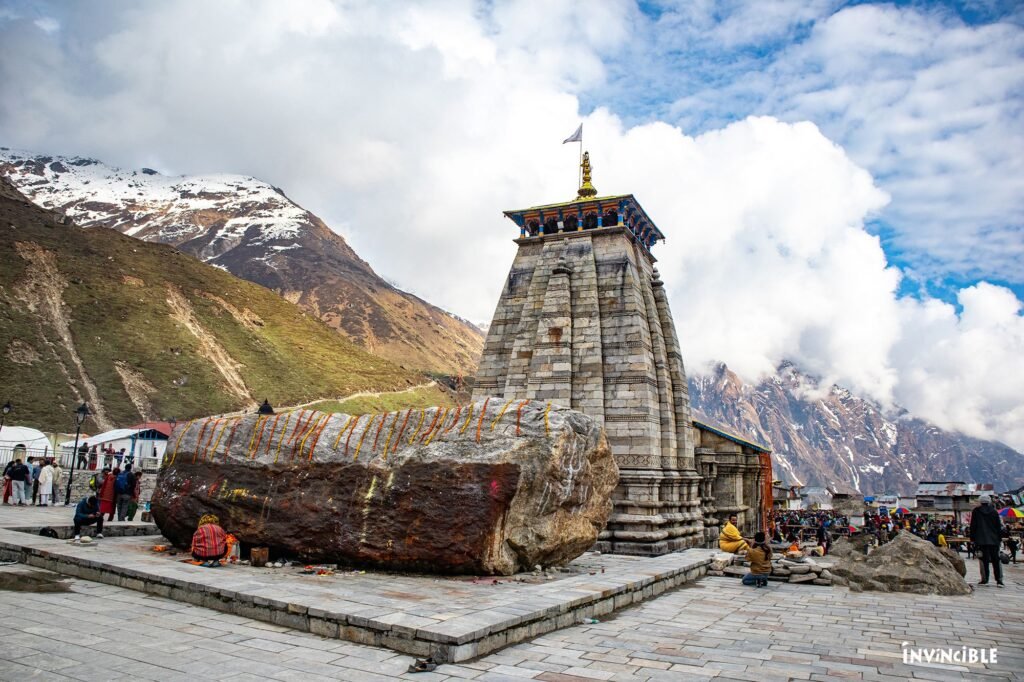
Nestled amidst the majestic Himalayas, the Kedarnath Temple stands as a beacon of spirituality and devotion, drawing pilgrims from far and wide to embark on a transformative journey of faith. As pilgrims prepare to embark on this sacred pilgrimage, it is essential to delve into the rich tapestry of history, legend, and mythology that enshrouds this revered temple, as well as the remarkable tale of resilience and reconstruction following the devastating natural calamity of 2013.
History and Significance
Believed to have been built by the legendary Pandava brothers of the epic Mahabharata, the origins of the Kedarnath Temple date back over a thousand years. Dedicated to Lord Shiva, the temple is one of the twelve Jyotirlingas, or sacred lingams, representing the cosmic manifestation of the divine deity. Situated at an altitude of 3,583 meters above sea level, amidst breathtaking vistas of snow-capped peaks and pristine valleys, Kedarnath holds a revered place in Hindu mythology and pilgrimage.


Legend and Mythology
According to Hindu mythology, the origin of the Kedarnath Temple is associated with the penance of Lord Shiva, who sought refuge in the Himalayas to evade the wrath of the Pandavas after the Kurukshetra war. As the Pandavas pursued him, Lord Shiva assumed the form of a bull and took refuge in Kedarnath, where his body parts are said to have manifested as various sacred sites, including the temple itself. This divine saga of devotion and transcendence infuses Kedarnath with an aura of spiritual mystique that continues to captivate pilgrims to this day.
Reconstruction and Safety Measures
The devastating floods of 2013 wreaked havoc on the town of Kedarnath and its surrounding areas, causing widespread destruction and loss of life. In the aftermath of this tragedy, extensive efforts were undertaken to reconstruct and fortify the infrastructure, including the Kedarnath Temple, to ensure the safety and security of pilgrims. Modern engineering techniques and stringent safety protocols were employed to reinforce the temple’s structure and implement robust disaster response mechanisms, including the establishment of dedicated disaster response teams and emergency services.

Community Resilience and Spirit
Central to the reconstruction efforts in Kedarnath was the resilience and spirit of the local community, who rallied together to rebuild their sacred heritage. Through their unwavering determination and collective endeavor, the temple and surrounding infrastructure were restored to their former glory, symbolizing the triumph of hope over adversity. Today, as pilgrims embark on the spiritual odyssey to Kedarnath, they are greeted not only by the awe-inspiring grandeur of the Himalayas but also by the enduring spirit of resilience that permeates this sacred site.
As pilgrims prepare to embark on the sacred journey to Kedarnath Temple, they are invited to immerse themselves in the timeless legends, mythology, and spiritual significance that define this revered pilgrimage. With the assurance of robust infrastructure, enhanced safety measures, and a resilient community, pilgrims can embark on their odyssey with confidence, knowing that they are guided by the divine grace of Lord Shiva and the unwavering spirit of Kedarnath.
Image source: Internet
Disclaimer: Educational purpose blog with no commercial use intended.
Read More: Bharat X India
For Lifestyle Content: Tathastu Lifestyle




GIPHY App Key not set. Please check settings